Description
Product Specification
| Model | UF90 | UF160 | UF200 | UF250 | UF860 | UF2860 | UF2880 |
| Dimensions (mm) | Ф90*1175 | Ф160*1420 | Ф200*1475 | Ф250*1715 | Ф200*1800 | Ф225*1860 | Ф225*2360 |
| Nominal Area (m2) | 12 | 35 | 45 | 70 | 55 | 55 | 75 |
| Recommend Flow (m3/h) | 0.2~0.3 | 0.6~1.0 | 0.8~1.2 | 1.5~3.5 | 1.0-1.5 | 1.0-1.5 | 1.8-4.0 |
| Membrane Properties | |||||||
| Membrane Material | Gradient sponge Structure PVDF Hollow fiber | ||||||
| MWCO (Dalton) | 150 K | ||||||
| Nominal Pore Size | 0.025 μm | ||||||
| Fiber Diameter (mm) | 0.7/1.3 | ||||||
| Flow Path | Outside-In | ||||||
| Configuration | Cross-flow/Dead-end | ||||||
| Permeate Quality | ≦0.2 NTU | ||||||
| Bacterial Removal | 99.99% | ||||||
| Module Composition | |||||||
| Material of Housing | UPVC | ||||||
| Potting Material | Epoxy Resin | ||||||
| Operation & Maintenance | |||||||
| TMP Range | 0.04 to 0.3 Mpa | ||||||
| Operating Pressure | Max. 0.3 Mpa | ||||||
| Operating Temperature | 5~50 oC | ||||||
| Operating pH Ran | 1~13 | ||||||
| Operation flux | 50-120 L/m2·h | ||||||
| Backwash flux | 100-300 L/m2·h | ||||||
| Max. NaClO Resistance | 1000 ppm /5000 ppm | ||||||
| Cleaning Chemicals | Citric Acid NaOH/NaClO | ||||||
Advantages
Membrane water treatment technology has the characteristics of high efficiency and energy saving. , To some certain extent, the popularization and application coverage of membrane separation technology reflects the level of energy use and environmental protection of a country and region. It is also a guarantee means for sustainable development of society. Therefore, The strategic position of membrane separation technology is very prominent.
The key point to membrane water treatment is the microporous structure and surface properties of the membrane material. Scientists around the world proceed from the selection of materials and the optimization of the membrane-making process in order to prepare a membrane separation materials with excellent performance.
Accessing a membrane have a good practical value should depend on the following few points:
- High retention rate and high water permeability rate;
- Strong resistance to physical, chemical and microbial attack;
- Flexible and sufficient mechanical strength;
- Resistant to high temperature
- Excellent anti-pollution;
- Good resistance to chlorine and other oxides;
- Long service life and withstand wide range of pH value;
- Low operating pressure
- Easy to store and transport;
- Convenient preparation and industrialized production;
- Dry and wet reversible.
Obtaining membrane separation materials with excellent separation selectivity and higher permeability has always been the goal pursued by membrane scientists and engineers. Through research on hollow fiber membranes from the selection of membrane-forming materials, optimization of process parameters, surface post-treatment, and design of membrane modules in scientific research institutions all over the world in recent decades, the overall performance of hollow fiber ultrafiltration membranes and microfiltration membranes has been improved greatly.
Recently, the high-end ultra-hydrophilic and excellent membrane pore microstructure separation membranes are mainly produced by few international famous companies. Including XP series hydrophilic hollow fiber ultrafiltration membranes from DuPont -Dow, HYDRAcap series hydrophilic hollow fiber ultrafiltration membranes produced by Nitto/hydranautics, DICP series polyvinylidene fluoride hydrophilic ultrafiltration membrane from Toray. Targa series hollow ultrafiltration membrane produced by Koch and hydrophilic hollow fiber ultrafiltration membrane from SUEZ (GE). Therefore, these few international well-known brands firmly occupy the high-end market of ultrafiltration membranes.
In recent years, Chinese ultrafiltration and microfiltration membranes have also improved to a certain extent in terms of material types, membrane structure and performance etc. However, Chinese companies are still lacking a high-performance ultra / micro-membrane for water treatment with excellent comprehensive properties such as super-hydrophilicity, high anti-pollution, high strength, high throughput, low membrane pressure and long-term service stability. These high-end membranes still rely heavily on foreign brands. This situation greatly limits Chinese membrane’s service lifespan and application fields.
What We Have Done
Aiming at the shortcomings of existing technology, hydroblue have developed a high performance ultrafiltration membrane with properties of gradient pore microstructure, super-hydrophilicity, high anti-pollution, high strength, high flux, low trans-membrane pressure and long-term service stability. All comprehensive performance has reached the level of these international well-known companies in Europe, USA and Japan.
the micronano beads network structure (Figure1) is gradually increase from the outer surface to the inner surface along the radial section of the hollow fiber membrane. this network structure can significantly reduce the water permeation resistance, thereby significantly increasing water flux.
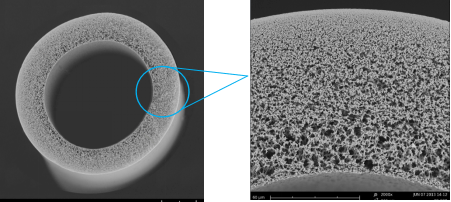 Gradient Pore Microstructure
Gradient Pore Microstructure
In this technology, the amphiphilic modified silicone material provides excellent and continuous hydrophilicity for the hollow fiber membrane, thereby reducing the water permeability resistance and improving the membrane’s anti-fouling ability.

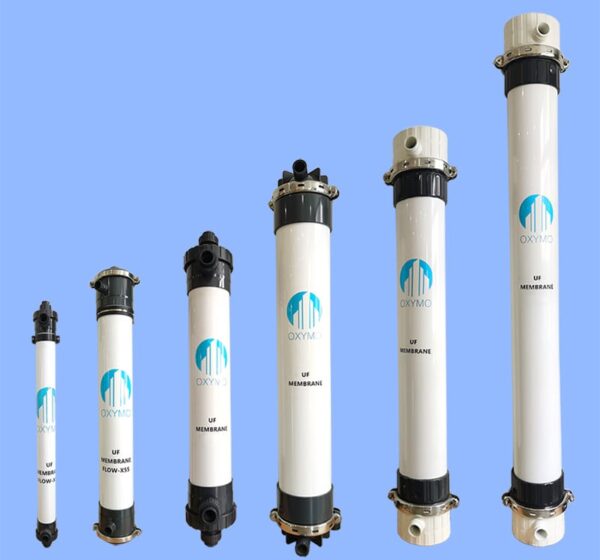
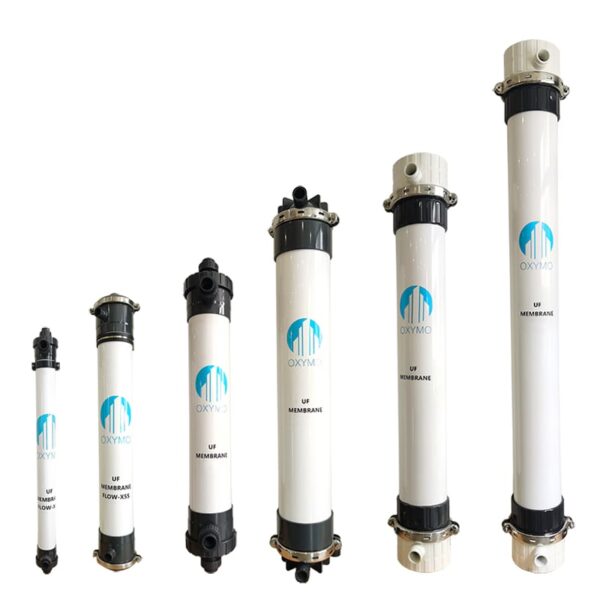
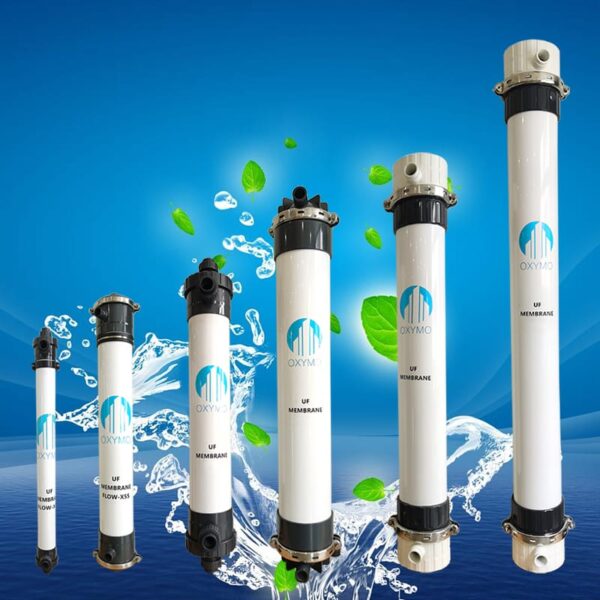
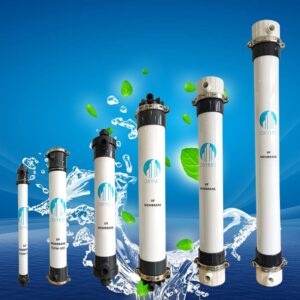
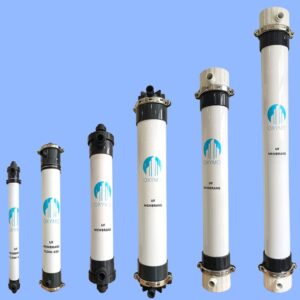

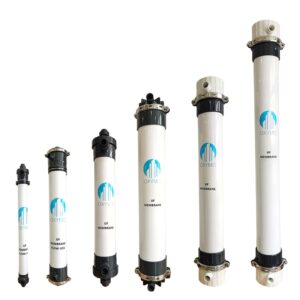

Reviews
There are no reviews yet.